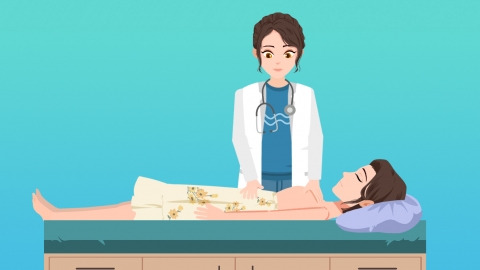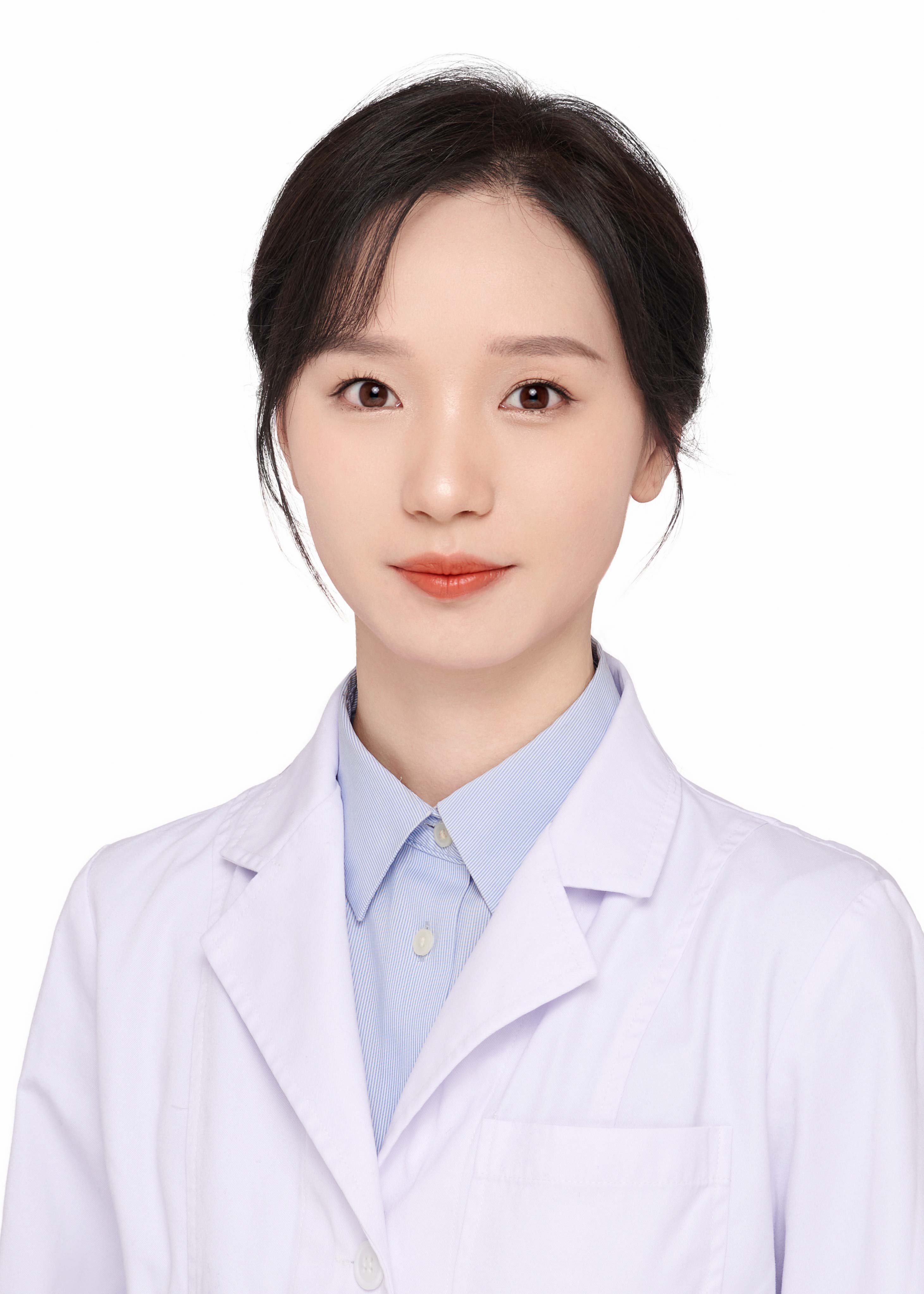What sleeping position is better to maintain after breast augmentation with fat injections?
Generally, fat breast augmentation involves extracting one's own fat, processing it, and then transplanting it into the chest area to enhance breast size. The general reference price for this procedure ranges from 5,000 to 80,000 yuan per session, and noticeable improvement is usually observed within 15 to 30 days. It is advisable to maintain a supine sleeping position after fat breast augmentation. Detailed explanations are as follows:

After fat breast augmentation surgery, the breast tissue is relatively fragile and susceptible to damage from external forces. Sleeping on one's side or stomach may exert unnecessary pressure on the breasts, affecting fat survival rates and potentially causing breast deformation or displacement. In contrast, a supine sleeping position can avoid these issues, providing a stable and safe environment for recovery.
A supine sleeping position also helps promote local blood circulation and wound healing. After fat breast augmentation, swelling and bruising may occur in the breast area. Sleeping on one's back can alleviate these symptoms, promote blood return and lymphatic circulation, thereby accelerating the wound healing process. Additionally, lying flat helps keep the wound clean and dry, reducing the risk of infection.
If considering fat breast augmentation, it is recommended to visit a reputable hospital and undergo the procedure under the guidance of a qualified physician to reduce surgical risks.










